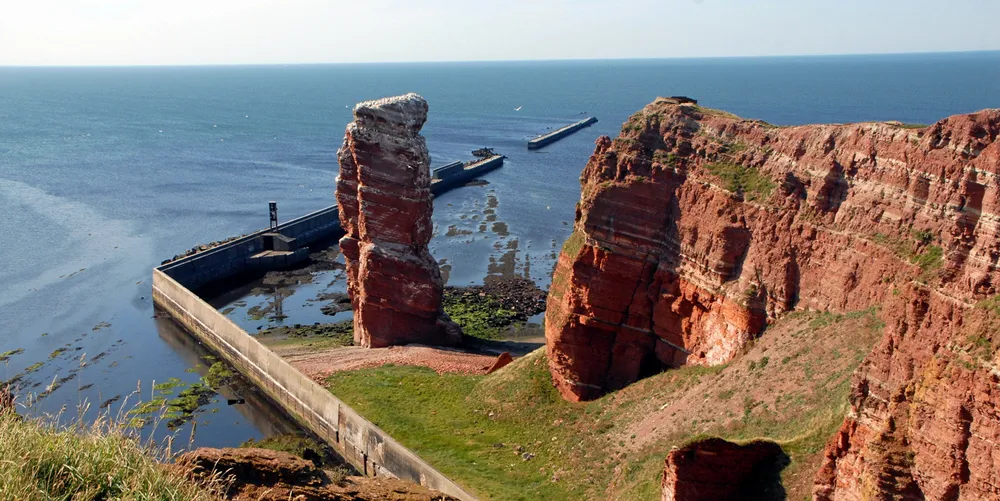Orsted, Equinor, DNV join giant German offshore-wind-to-hydrogen hub AquaVentus
Initiative that already includes rivals RWE and Equinor aims at tapping into wind at sea for 10GW of offshore electrolysis capacity between the island of Heligoland and the Dogger sand bank
